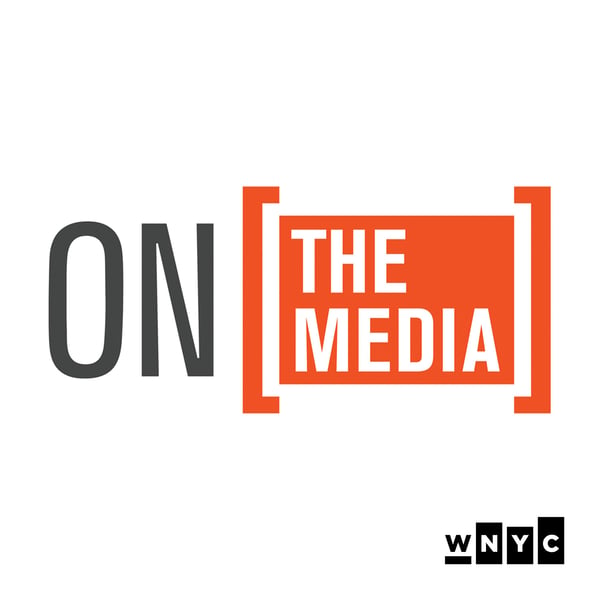Wars Are Won By Stories
On the Media
WNYC Studios
4.6 • 8.7K Ratings
🗓️ 22 January 2025
⏱️ 27 minutes
🧾️ Download transcript
Summary
Transcript
Click on a timestamp to play from that location
| 0:00.0 | This is on the media's midweek podcast. I'm Brooke Gladstone. We are living in history all of the time. |
| 0:08.3 | Nevertheless, there are some times that seem more historic than others. Like now, when academics and artists and even librarians have come under attack. |
| 0:19.3 | I mentioned that particular sign of these times because I just |
| 0:23.0 | read a new delightful book by historian Elise Graham, Professor of Sociology at Stony Brook University, |
| 0:30.7 | called Book and Dagger, how scholars and librarians became the unlikely spies of World War II. The book is a breezy and |
| 0:40.2 | enthralling read, but assiduously footnoted for those who might question her very compelling |
| 0:46.3 | argument that without this unheralded core of peculiar recruits, that war might very well have been lost. |
| 0:56.5 | The library is full of stories about spies, but none of those stories are about spies in the library. |
| 1:02.8 | You say that the war was won on the front lines, but it was one with books? |
| 1:08.2 | We often think of World War II as the physicists wore. Soldiers were out fighting on the |
| 1:13.2 | battlefield, and then it was finally won by a bunch of physicists in New Mexico who dropped an atomic |
| 1:18.4 | bomb. That itself was a successful misinformation campaign. How so? In early 1945, a fellow named |
| 1:26.7 | Henry DeWolf Smythe was called into an office in Washington |
| 1:30.1 | and asked if he would write this book that was about a new kind of weapon that the U.S. was developing. |
| 1:36.6 | The guy who had called him into his office, Vannevar Bush, knew that by the end of the year, |
| 1:41.8 | the U.S. was going to drop an atomic bomb that had the potential |
| 1:45.3 | to end the war, but also that as soon as it was dropped, everybody was going to want to know, |
| 1:49.8 | what is this weapon, how was it made, and so forth. Smythe accepted the assignment. It was published |
| 1:55.9 | by Princeton University Press about a week after the bomb was dropped. It explained how the U.S. made the bomb, |
| 2:02.6 | but it told a very specific kind of story, the Oppenheimer story that you see it in the movies, |
| 2:07.6 | where a group of shaggy-haired physicists figured out how to split the atom and fission and all |
| 2:13.2 | of this stuff. The thing is, the physics of building an atomic bomb is in some respects the least |
... |
Please login to see the full transcript.
Disclaimer: The podcast and artwork embedded on this page are from WNYC Studios, and are the property of its owner and not affiliated with or endorsed by Tapesearch.
Generated transcripts are the property of WNYC Studios and are distributed freely under the Fair Use doctrine. Transcripts generated by Tapesearch are not guaranteed to be accurate.
Copyright © Tapesearch 2025.

